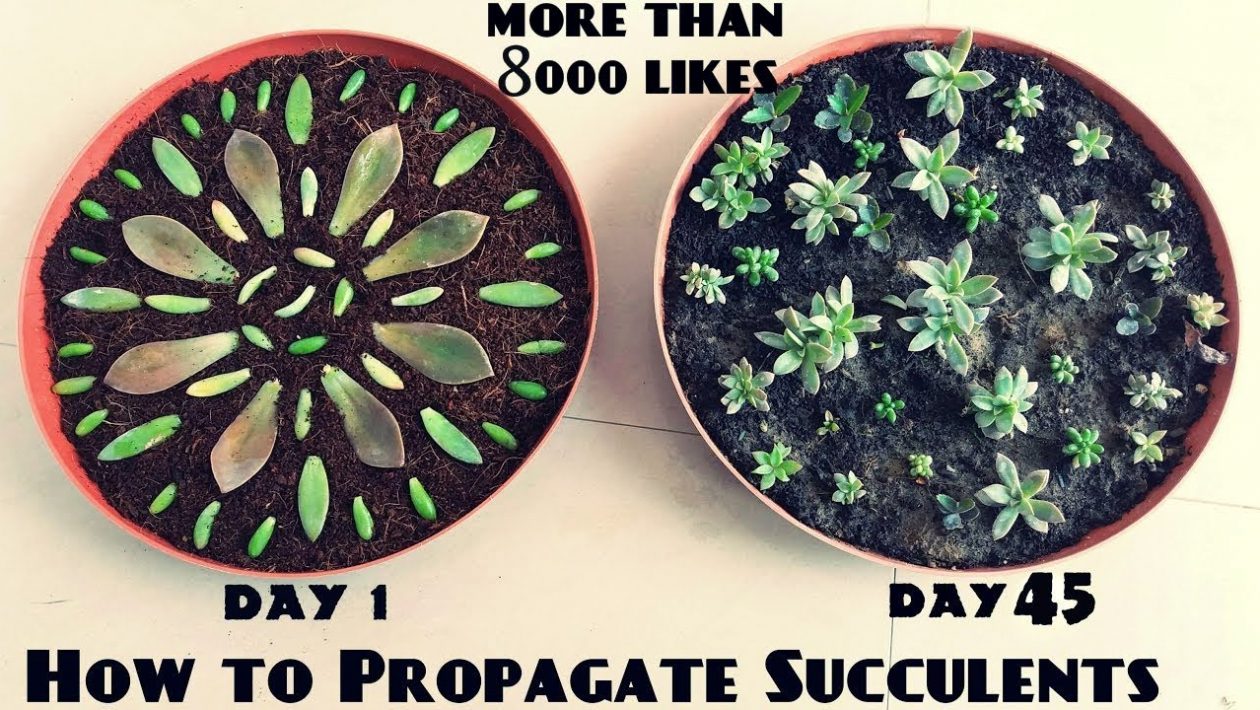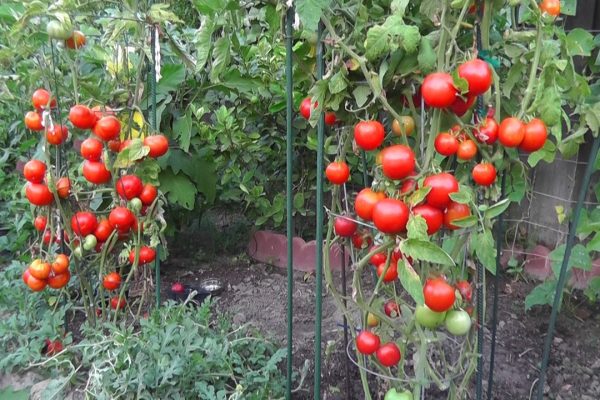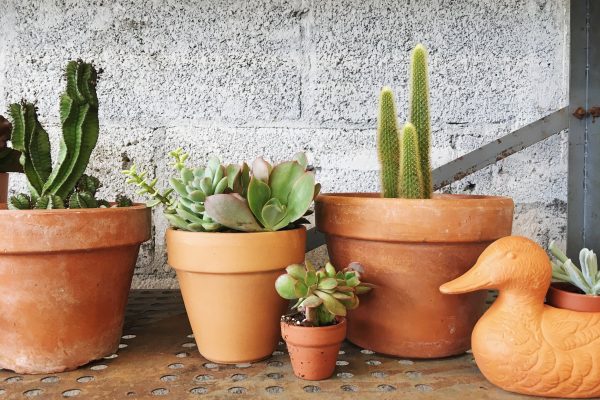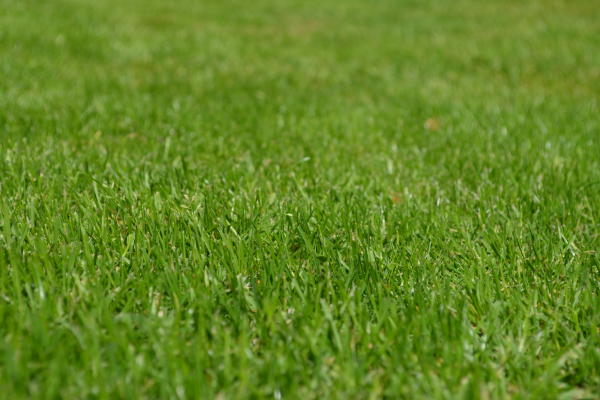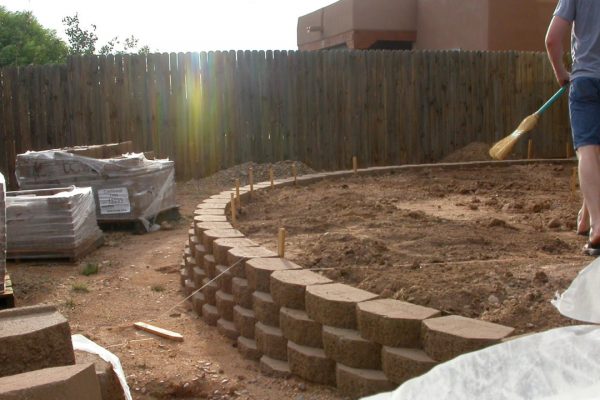The succulent plants are known for their swollen or fleshy appearance than other plants. Usually, they store water from the soil surface or arid climate in their different part. In general, leaves and stems contain a large amount of water from other regions. You can see succulents growing as indoor plants again; it can add an extra look as a wedding centerpiece. As succulents are easy to grow and easy to maintain, people are interested in propagating succulents for beautifying their apartments or for other purposes. Here, in this article, we have covered what I succulents plant, including its unique features, how to care about succulents with useful tips and tricks, and how to propagate succulents.
What are succulents?
Succulents are the plants that are thickened, fleshy, and puffy. The word succulents have derived from the Latin phrase succus that mean sap or juice. Generally, succulents are drought resistant plants. They are known for their water-saving features, most commonly having thick leaves, stems, or roots. Their leaves, branch, or roots are much fleshy than a typical plant. In horticulture, they are known as water storage plants. They store water to survive for long periods with little or no moisture.
Succulents vs. geophytes:
Some people consider succulents as geophytes. But these two are different. Geophytes can endure the adverse condition as an underground organ. These organs contain water-storing tissues such as bulbs, corms, and tubers. You will understand this properly by knowing how to propagate succulents.
Though many geophytes are included in succulent again, plants adapted to living in a dry environment are classified as succulents termed xerophytes. Most commonly, they are found in geographic locations with high temperatures with little rainfall. It is thought most succulents are found in grasslands, semi-desert and desert area except Antarctica.
How to propagate succulents?
Succulents are easy to propagate as it requires low nutrients. Its breeding can be done by leaf, cuttings, and kernel. Here in this section how to propagate succulents in the soil is discussed below-
Propagation from leaves:
Succulents can be propagated from leaves. And if you are unaware of how to propagate succulents from leaves, then this part is for you. It’s an inexpensive method, and you can enjoy seeing the baby succulents growing just from the plate. For that, you have to remove a leaf properly for propagation. Some species, which include sedums, echeverias, aeoniums, can be propagated with a both plate or a cutting.
For that, it’s essential to know what type of succulents you are trying to grow. But if you are unaware of your succulents, then you can experiment by using both slicing parts as cuttings and a leaf. For a leaf propagation, simply take off the plate from the stem in such a way so that you can get a clear view of the base of the leaf. You have to do it carefully. Let them set on the top of the soil so that their ends can’t touch the ground. If you can’t properly take a leaf from the stem, then don’t be stressed. You can also buy plates for propagation from the succulent source.
Propagation from cuttings:
If you want to know how to propagate succulents from cuttings, then you have to use sharp scissors or trimming cutters. Cut off a succulent, including 2-3 leaves on the stem.
Dry out the leaf or cutting: Whatever you want to propagate from a plate or cuttings, you have to let it dry before going to another step based on the quantity of heat and sunlight. Now you have to let your leaf dry for 1- 3 days. If you don’t do this, then after the first watering, it will absorb so much water and drown.
Watering: Now, it’s time to water your cutting or leaf properly. As you know, full-grown succulents don’t need water every day, and it is not exceptional also for cutting and leaves. If you water much, then this will cause them to turn orange-brown color and will die soon. It’s even better to use a spray bottle for them.
Time of propagation:
If you want to know how to propagate succulents, you have to wait for the proper time. At the same time, some succulents take several months while some take like a year. The time varies due to the season of the year, temperatures, type of succulent, humidity, and surroundings matter. In general, you will be able to see results within 2-3 weeks.
If your cuttings or leaves die, don’t worry because while propagation, more than half of the first attempt becomes fail. When your new plants grow, then make sure to keep the roots covered with soil; otherwise, they will dry out, and your plants will probably stop growing.
How to propagate succulents from seeds:
Through seeds, it is the cheapest way to get a lot of plants if you wait for some time with patience. It is better to buy seeds from a reputed source. In this section, we have discussed how to grow succulents in water. Succulent seeds are little, so be careful while working with roots. At first, start by filling your tray or container with soil, then wholly wipe down your potting area and sterile your hands after opening the seeds packet. With clean hands, carefully remove the source from the pouch and place them on the top of the soil.
As seeds are so much small, so you have to care about it. Now put this tray on light for germination. By using a seed tray, you can also propagate from seeds. Put water in such a way so that the roots remain underwater. That means the lower white portion will cover with half water. Now set the tray down until the water is absorbed. Add more water if needed. When you see sprout, then it means germination has started. Now a constant caring is required for growth. This is the process to know how-to germinate succulents.
How to care about succulents:
Some factors are required for the proper growth of the succulent plant. As now you know how to propagate succulents, so it’s time to take appropriate care. These are as follows-
Choose of right succulents:
It is critical to understand succulent’s characteristics to discover ways to propagate succulents. Some don’t like full sun but want to develop in the shade or low light. In general, the succulents having reds, purples, and oranges are not appropriate as indoor plant life. These styles of flowers require more mild and direct sun. So if you need to choose the right succulents, then green coloration succulents are appropriate. Such as Haworthia and Gasteria sorts are suitable to pick.
Proper pot:
To know how to propagate succulents, you have to choose a suitable pot. As we know succulents need airflow to maintain healthy roots, stem, and leaves. A bank without drainage will not let you know about how much water you have poured in. Choose a hole containing pot at the bottom to remove excess water. It will help to flow air easily through the soil and dry out soil faster. Avoid glass containers as they are not suitable for long term potting solution. Succulents don’t like to sit in soggy soil and in a glass jar that does not have the drainage system. Again, downside glass containers have a lack of breathability.
Standard potting mix:
As succulents are such types of plants that can endure extreme environments for that it’s better to use a standard potting mix rather than a typical mix. Traditional soil is not suitable for succulents. The best soil for succulents in pots is the type that can hold enough water, absorb, and dries out quickly so that root rot can’t occur.
To know how to propagate succulents in soil, mix a desert dweller with half potting soil and some inorganic materials. Well, draining soil contains 1/4 particles, 2/3 inorganic, and 1/3 organic components. This will provide the facility for well-draining. Again the place where you live and the climate surrounding the succulents also determine the type of soil that succulent needs. Accumulation of bigger solid particles to the lowest part keeps the water to the top bottom of the pot.
For that, use a consistent particle about ¼ or 6 mm throughout the plant. This is the best way to allow water to dissolve quickly. Within 2-3 days, the top half of the pot will dry. For indoor succulents, soil requires pine bark fines, porous rock, and crushed granite. The ratio of these three components is 1:1:1. For outdoor succulents, 1: 1 coconut coir and pumice are required.
Placement: Like many plants like to grow separately but this is exceptional in this case. Succulents like overcrowding, for that you can grow 2-3 succulents in a small pot.
Water:
As succulents are different so if you try to water them in a usual way then they will not survive. But with a simple watering method, you will be able to grow your succulents properly. It can seem a little tricky but not difficult. For better watering, place succulent in a pot with a drainage hole.
The soak and dry method are considered as the appropriate way to water succulents. At first, let the soil soak the water thoroughly and then let the soil dry before watering again. Watering has to done in such a way so that it can’t sit on a leaf for too long that causes root rot. Some tips will help regarding the proper watering of succulents-
- For an indoor plant, water in such a way so that it doesn’t get on top of the leaves.
- Use a small spout watering container or a squeeze bottle that will be handy.
- After the soil is dried from top to the bottom, water the succulents again.
- For indoors, water after 1-2 day interval as 10-14 days in a month.
- It is better to maintain a proper schedule rather than an unorganized way of watering.
- The best way to water succulents is to notice the leaves. If they become less fleshy then you have to water them.
- Their root rot occurs if they remain in wet soil for so long. So be careful about this.
- For propagating baby succulents, you have to use a spray bottle to water them every day.
- You can measure the amount of water before pouring by a measuring cup.
Light:
Light is an important fact to know how to propagate succulents properly. When you may try to develop succulents as an indoor plant then it’s better to preserve it in an area where it’ll get proper light. Outdoors succulents need 6 hours of intense and indirect sunlight each day. And for indoors succulents, locate your succulents close to a south-going window.
If the south-facing window isn’t present then you can put your pot where it’s going to get proper light all day long. So you can consider the brightest window or brightest vicinity of your own home or office as the best suitable location to grow succulents.
Pests:
If you buy a plant that is already affected by pests then your succulents can be affected by pests. The most common pest of succulents is Midges. But you can avoid by a good drainage soil mix and allowing the soil dry after watering.
Another bug of succulent plant is white nasty mealy bugs. To get them away from succulents, you have to spray over them with rubbing alcohol, and to kill laid eggs on soil, it’s better to pour alcohol over the soil.
Succulents as so beautiful and if you can take proper care it will enhance your inner beauty. And as now after reading this article you will have come to know how to propagate succulents properly so grow your succulents happily.
FAQ:
- Which plant organs are used to propagate succulents?
It can be done by seed, cuttings, and leaves.
- How to take proper care of succulents?
By proving proper water, light, and soil mix, your succulents will grow properly.
- Which types of succulents are easy for propagation as an indoor plant?
Burro’s tail, Christmas cactus, Jade plant, aloe vera, echeveria, zebra plant, the crown of thorns, panda plant are suitable to grow as succulents indoor.
- How long it takes to grow succulents?
It depends on the varieties. Some take weeks while someone year. For seed propagation, it takes 3 weeks.

